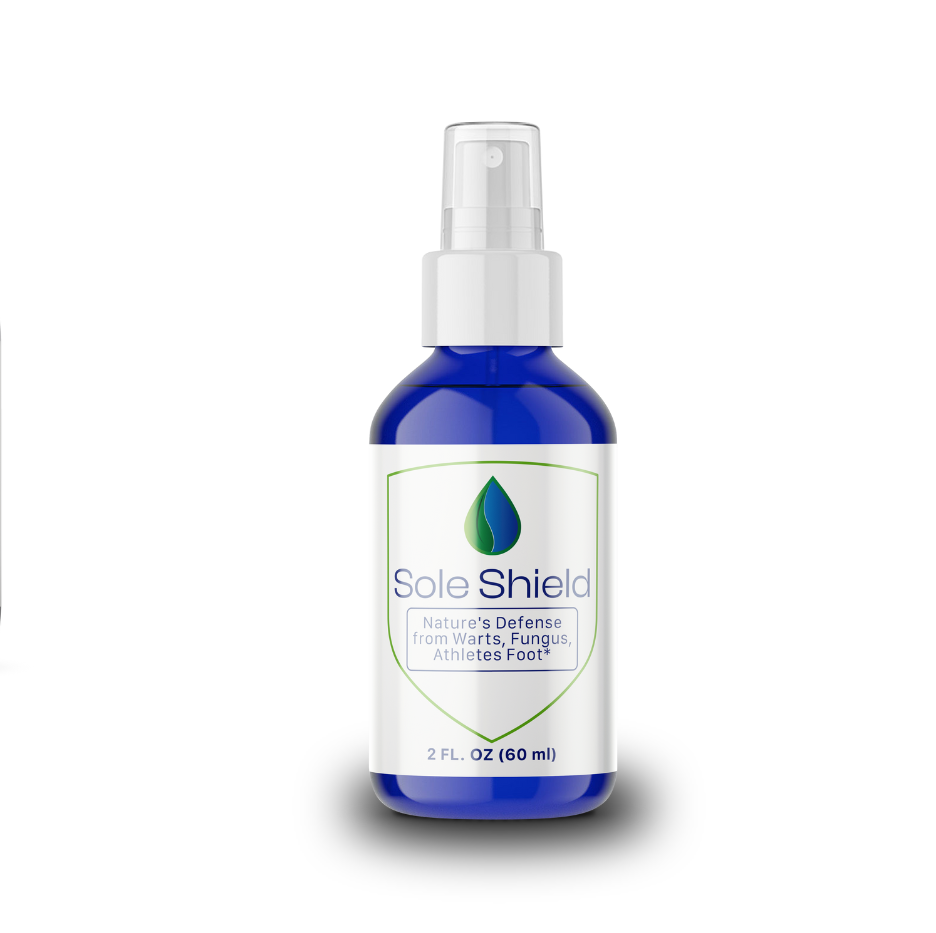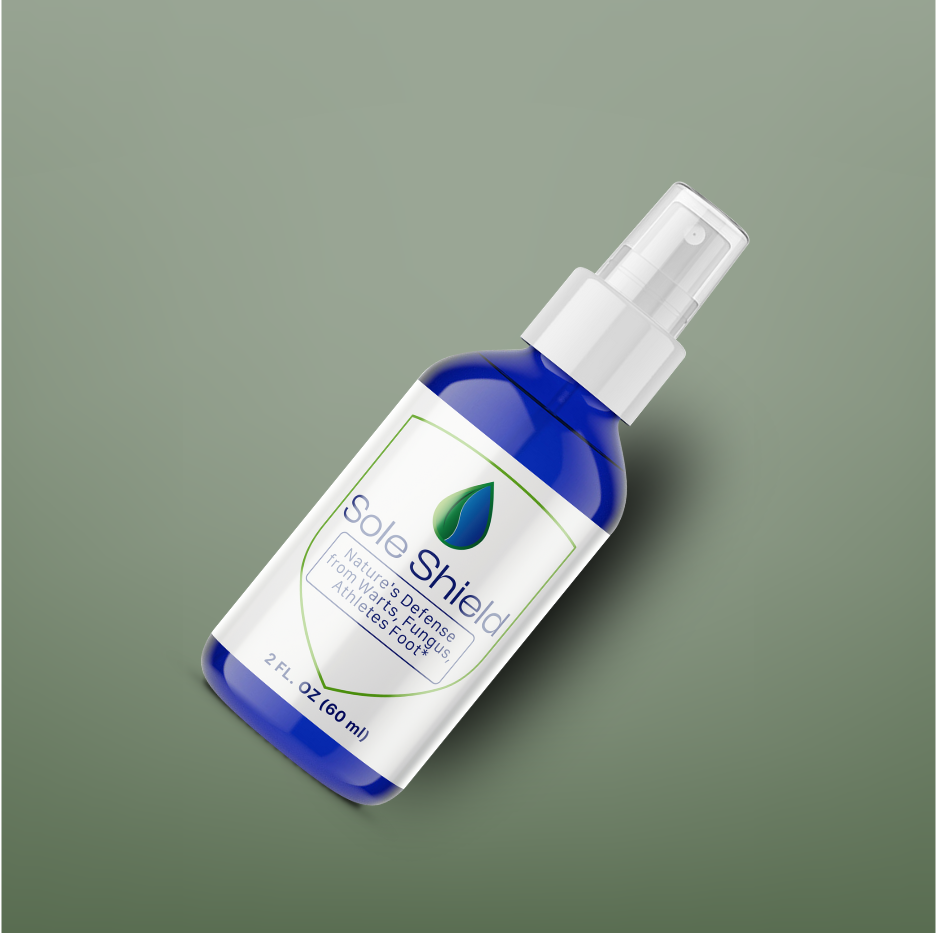What if you are about to start a thrilling day, but then your toe starts hurting? That’s quite annoying, isn’t it? A minor infection in the toe might not seem that serious. However, if one is not careful enough, it could quickly turn into a major discomfort.
In this guide, we will be discussing all the information about toenail fungal infections—what they appear like, what triggers them and how to cure them properly. When it comes to an irritated toe or a tenacious fungal infection that refuses to go away quietly; we have you covered with our straightforward tips which will certainly put you back on track.
Now let us get down at the root of the issue and put some bounce in your step!
Understanding Toe Infections

A simple day can be turned into a painful ordeal by toe infections, thus the need for proper identification of the root cause to ensure effective treatment. From an ordinary ingrown toenail that is inconvenient daily to fungal or bacterial infections that may be life-threatening at times, there are different types of toe infections.
A toe infection might be precipitated by something as slight as a tiny cut or an ingrown nail, but it can rapidly escalate if not treated appropriately.
For instance, toenails become ingrown when they grow into the surrounding skin thereby causing pain, redness, and swelling.
It could deteriorate further and turn out to be a more severe infection demanding close and careful management that may involve a visit to a foot specialist.
Identifying Symptoms and Causes

When it comes to toe infections, recognizing the symptoms and understanding their causes can make all the difference in how effectively you treat them. Whether you’re dealing with an ingrown toenail or a more severe infection, pinpointing the issue early is key to managing it effectively.
Symptoms to Watch For
Toe infections can present a variety of symptoms depending on the cause. Here are some common signs to be aware of:
Redness and Swelling
The skin surrounding your toenail could seem red and swollen meaning a fungal infection might have set in at your toe. This condition occurs most frequently in ingrown toenails or acute paronychia, which is a bacterial infection that affects the nail bed.
Pain and Discomfort
Painful feelings, low or high in magnitude are usually experienced by affected nails due to poor circulation. There also may be throbbing around this infected area or accompanied by a general ache.
Pus Filled Blisters
Infections that are more serious such as those caused by bacteria may lead to the formation of pus-filled blisters or accumulation of exudates near nails. This shows the infection has become worse and immediate medical attention might be necessary.
Red Streaks
If you notice red streaks extending from the infected toes or foot, this could indicate that the infection is spreading, which may necessitate more intensive treatment.
Discolored or Brittle Nails
Fungal infections often cause infected toes to become discolored, thickened, and brittle. This can affect the nail’s appearance and its growth pattern.
Common Causes

To avoid and treat toe infections, it is recommended to understand their root causes. Let’s discuss some of the most common ones:
Ingrown Toenails
This happens when the nail grows into the flesh at its side causing irritation and possibly severe infections. This situation is made worse by wearing tight or fitting shoes.
Fungal Infections
Athlete's foot or Tinea Pedis are types of fungal infections that grow well in moist warm places such as gym showers or locker rooms. If one is infected, they may be swollen, reddened, or scaly skinned.
Bacterial Infections
When bacteria go through small scratches on your skin around the toenail, bacterial infections like acute paronychia occur. These kinds of ailments have a swelling effect leading to a lot of pain.
Weakened Immune System
A weakened immune system which results from certain medical conditions or poor blood circulation can make you more prone to contracting these diseases.
Poor Foot Hygiene
Failing to wear comfortable shoes thus keeping the foot dry contributes towards the development of other fungal nail infections too. Appropriate foot care includes keeping them clean, dry, and protected from extreme weather conditions.
Seeking Medical Attention

If you suspect an infected toe, it’s important to seek medical attention if symptoms worsen or if you notice signs of a more severe redness swelling. For severe cases, you can start by keeping your foot dry, wearing comfortable shoes, and using warm water soaks to relieve pain and reduce swelling.
For nail fungal infections, over-the-counter antifungal treatments can be effective, while bacterial infections may require antibiotics prescribed by a healthcare provider.
Treatment and Prevention
Once diagnosed, managing the infected toe becomes as important as avoiding any future recurrences. Key aspects for this include antifungal medications and keeping infected toes dry in case of fungal infections. Antibiotics may be essential in bacterial infections. In the case of an ingrown toenail, sometimes it requires proper nail care while other times they need a small surgical operation.
Using EZ Clear Nails for Toe Infection

EZ Clear Nails is a natural iodine soak designed for nail care, particularly effective as a fungicide. Users should avoid it if sensitive to iodine, allergic to seafood, have thyroid conditions, or ingest it.
Direction for Use
- Place the toes in the toe pan. Pour liquid into the toe pan until the nail is fully submerged.
- For best results, soak for 15 minutes 3 times a week.
- Allow to air dry.
Frequently Asked Questions (FAQs)
1. What can I do to avoid infections of the toe?
When your feet are clean and dry, you wear comfortable shoes and observe the right foot hygiene, then you can be able to get rid of any toe infection.
2. Is it possible for an ingrown toenail to be treated without going through surgery?
For minor instances of onychocryptosis, correct nail care like soaking in warm water and gently separating the flesh from the nail can help. In severe cases, minor operations may apply.
3. How long does it take before an infected toenail heals?
The duration of healing depends on how severe the infection is as well as which treatment option was administered. For instance, mild fungal infections may clear within several weeks whereas more complex bacterial infections might need longer therapy periods and physicians’ monitoring.




